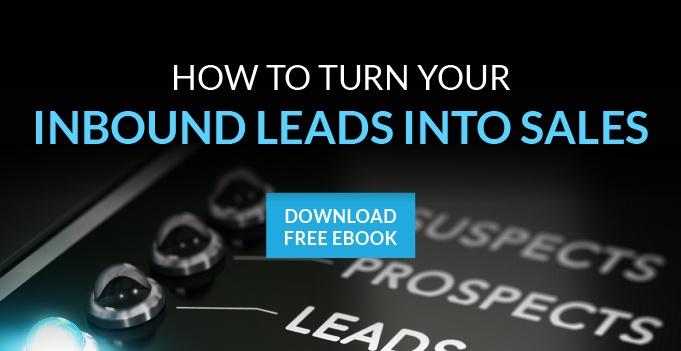 So, you’ve started your inbound marketing campaign. You’ve broadcast a message to your subscribers, and you’ve shared it through all the social media channels. Now you can sit back and watch as a stream of visitors find their way to your website. They download the excellent whitepaper you’ve created, and, in exchange they leave you their email addresses. At this point, you begin to reap the fruits of the first phase of your content marketing campaign: inbound leads. And, if you keep up the effort, the results will snowball. Over time, as your post gets indexed more and more by search engines, yet more visitors will land on your site.
So, you’ve started your inbound marketing campaign. You’ve broadcast a message to your subscribers, and you’ve shared it through all the social media channels. Now you can sit back and watch as a stream of visitors find their way to your website. They download the excellent whitepaper you’ve created, and, in exchange they leave you their email addresses. At this point, you begin to reap the fruits of the first phase of your content marketing campaign: inbound leads. And, if you keep up the effort, the results will snowball. Over time, as your post gets indexed more and more by search engines, yet more visitors will land on your site.
The inbound lead generation process is exciting, especially when you see that growing collection of email addresses from your visitors. But of course, leads are not closed sales, and that’s what you’re really looking for. Of the inbound leads you gather, only a small percentage are ready to buy now. Others are perhaps at the beginning of their research, and may become customers as time goes on. And then they are likely many visitors who only came to download the free information.
The challenge now is to determine which leads fall into which category, so you know where to direct your efforts and focus your energy. This is known as qualifying your leads. In old school, outbound marketing, it’s easier to qualify leads, to some extent, because you’ve targeted your outbound efforts to certain groups based on parameters that make them appear more likely to buy. But when we receive inbound leads, all we have is an email address.
It’s easy to make the mistake of assuming that your inbound leads are already qualified, since they came to you. But since they may have only come for the free eBook, that’s not necessarily the case. So don’t jump on every lead that comes in, and immediately start sending them your “pitch”. If they’re not “hot” leads who are ready to buy, your pitch may be wasted on them, and could even turn them off and prompt them to click that “unsubscribe” button.
So it’s important at this stage of the game to ask some key questions that will help you decide which of your inbound leads are actually qualified. No one wants to waste their time pitching to people who are “just looking”, and a skilled salesperson will ask specific questions designed to weed out the “window shoppers”.
If you’re selling direct to consumers (B2C), you might do well to ask your leads what attracted them to click through to your site (which could give you some insight into their motivation). Asking which of your competitors they’re looking into will let you know whether they’re shopping around. Classic sales questions like “when are you planning to make a decision” will help you determine the “hotness” of the lead. If you’re selling to business customers (B2B), again, classic sales qualifier questions are relevant here: the size of the company, their budget for the project, whether you’re talking to the decision maker etc.
Fortunately, if you’re coordinating your inbound marketing effort through HubSpot (and we hope you are), the system includes tracking tools which should help you to qualify your leads. You can track how many, and which pages they’ve viewed. If they’ve hit your landing page, opted in, and left, that suggests a lead that’s somewhat less than fiery hot. If, on the other hand, they’ve clicked through to more pages, and are reading more about your company, it certainly suggests a higher level of engagement, and that those are hotter leads for you to focus on.


Comments